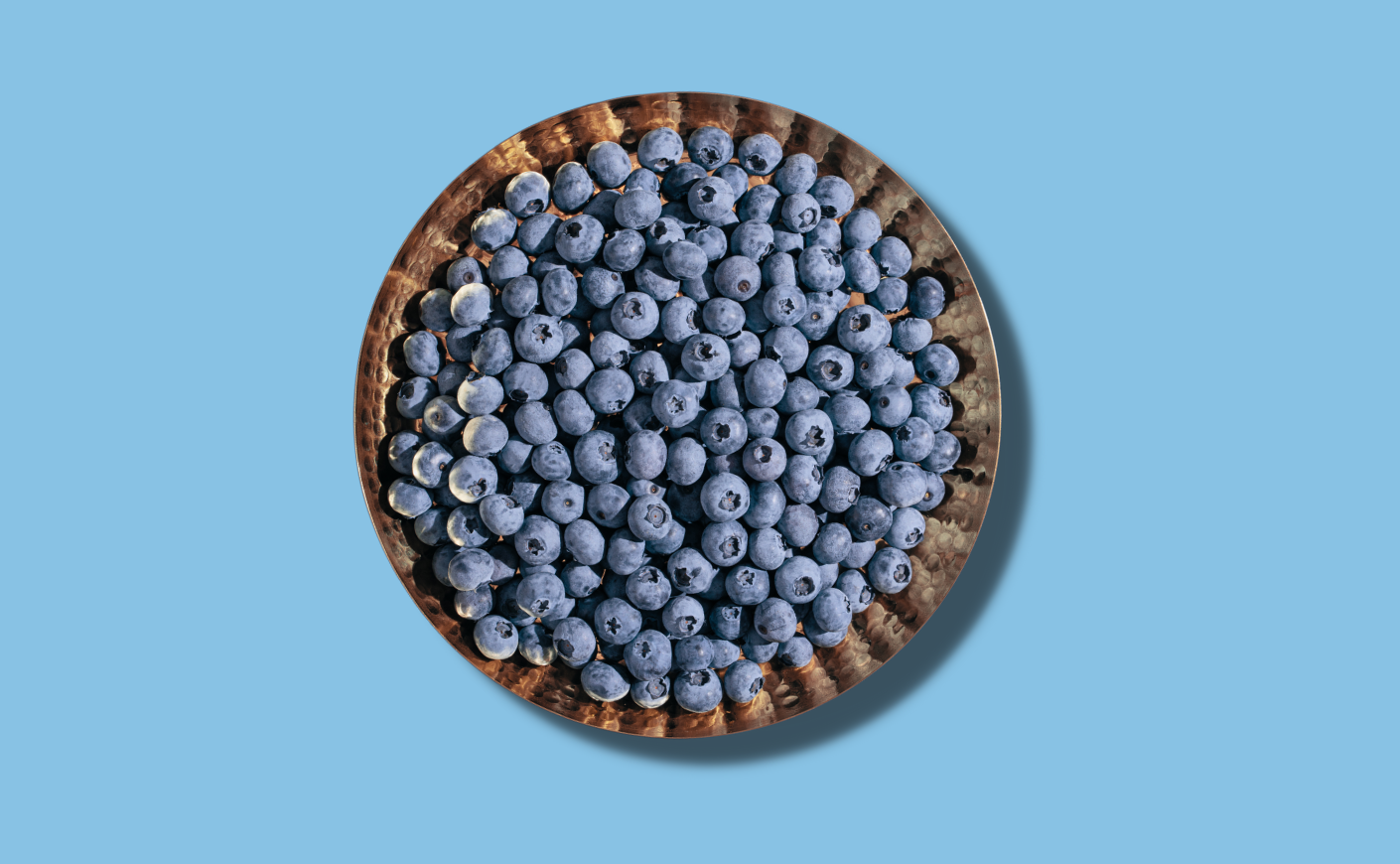As one of the best sources of antioxidants, blueberries are known for offering an impressive array of health benefits, particularly when it comes to reducing inflammation. But could this small yet mighty berry also be loaded with something more sinister?
The Environmental Working Group, a nonprofit environmental health organization, just added the nutrient-rich berry to its list “dirty dozen” nonorganic produce after concluding that it contained roughly 54 different types pesticides, including phosmet and malathion.
“At EWG, we think consumers have the right to know what they’re being exposed to and what they can do about it,” the company wrote in its latest report, the 2023 Shopper’s Guide to Pesticides in Produce.
Since 2004, the guide has rated the level of pesticide toxicity of 46 of the most popular fruits and vegetables, like bananas and lettuce. Their ranking is based on the results of 46,569 samples of produce tested by the Department of Agriculture and the Food and Drug Administration.
Curious about which other fruits and vegetables made the list? We’ve got all the dirt — and info on why pesticides in your produce can be so dangerous — below.
Which fruits and vegetables have the most pesticides?
For the second year in a row, strawberries and spinach topped EWG’s “Dirty Dozen” list of produce with the most pesticides, while kale, collards, and mustard greens tied for third place. Next up were peaches, pears, nectarines, apples, grapes, bell and hot peppers, and cherries. Blueberries came in 11th place, while green beans came in 12th place. In total, 210 pesticides were found on the 12 foods, according to the report.
What kinds of produce are the least contaminated?
Per EWG’s “Clean 15” list, avocados had the least amount of pesticides, followed by sweet corn. Pineapple, onions and papaya, frozen sweet peas, asparagus, honeydew melon, kiwi, cabbage, mushrooms, mangoes, sweet potatoes, watermelon, and carrots rounded out the list. Nearly 65 percent of these foods didn’t have any detectable levels of pesticides.
Are pesticides considered dangerous?
Most pesticide residues in your produce fall below government regulations, but being within legal limits doesn’t always mean that what you’re eating is safe. For instance, even being exposed to trace amounts of the insecticides found in blueberries over time can lead to feeling tired, weak, depressed, or forgetful, according to the Centers for Disease Control. Longer-term exposure to pesticides might even pose more serious health problems, including hormone dysfunction, cancer, and harm to the developing brain and nervous system. But that’s not all: Researchers from George Washington University and the National Institute of Environmental Health Sciences linked newer types of insecticide known as neonics to increased risks of autism spectrum disorders and memory loss.
“Pesticides are toxic by design,” the report states. “They are created expressly to kill living organisms – insects, plants, and fungi that are considered ‘pests.’”
Is organic produce really better?
These troubling findings don’t mean you can use this as an excuse to stop eating your fruits and vegetables, which are critical to a balanced diet. However, you can opt for organic foods, which have little to no pesticide residue.
Another, more affordable, option would be to thoroughly wash produce with plain water before eating it. (The U.S. Food and Drug Administration says soap and produce wash aren’t necessary.) You then want to dry your produce with a clean cloth or paper towel, to further reduce any kind of bacteria.
In the long term, some experts believe more government action should be taken in reigning in the use of pesticides in foods. As EWG’s report points out, what’s particularly concerning is that some tests by the U.S. Department of Agriculture found traces of pesticides on produce that have long since been banned by the Environmental Protection Agency.
“Much stricter federal regulation and oversight of these chemicals is needed,” the report said.









